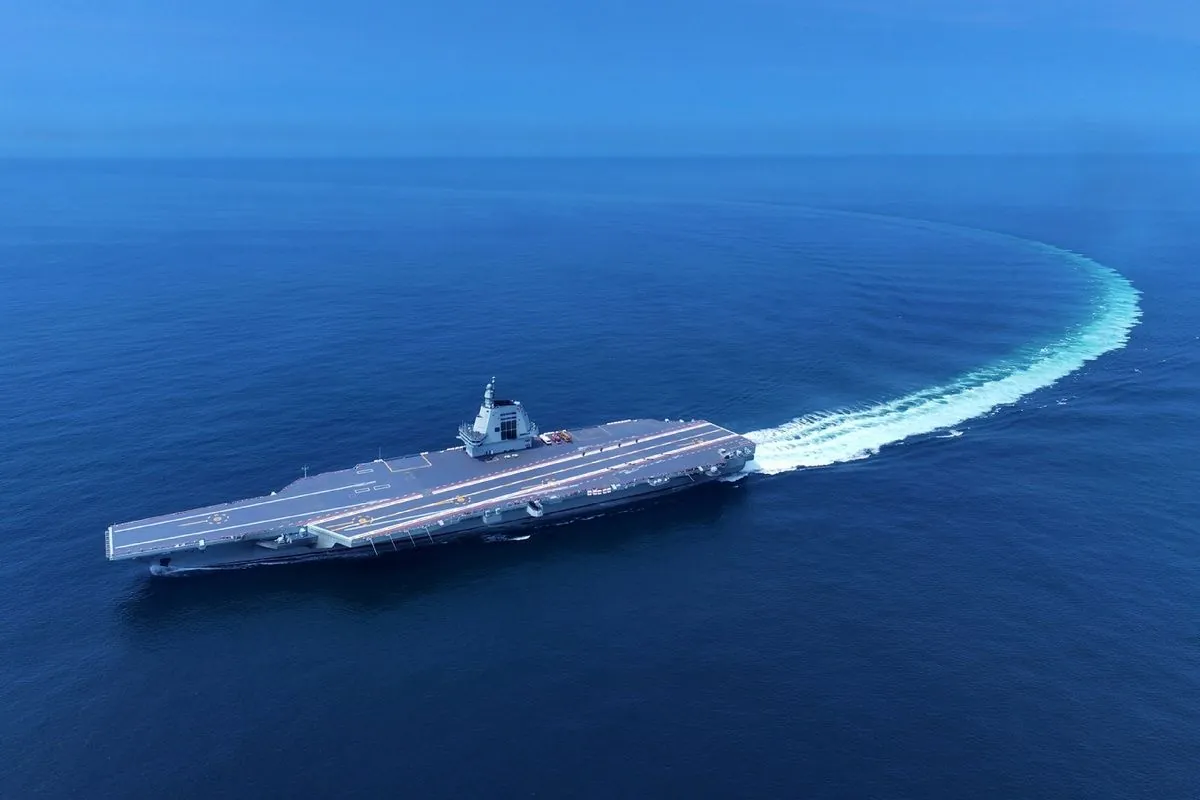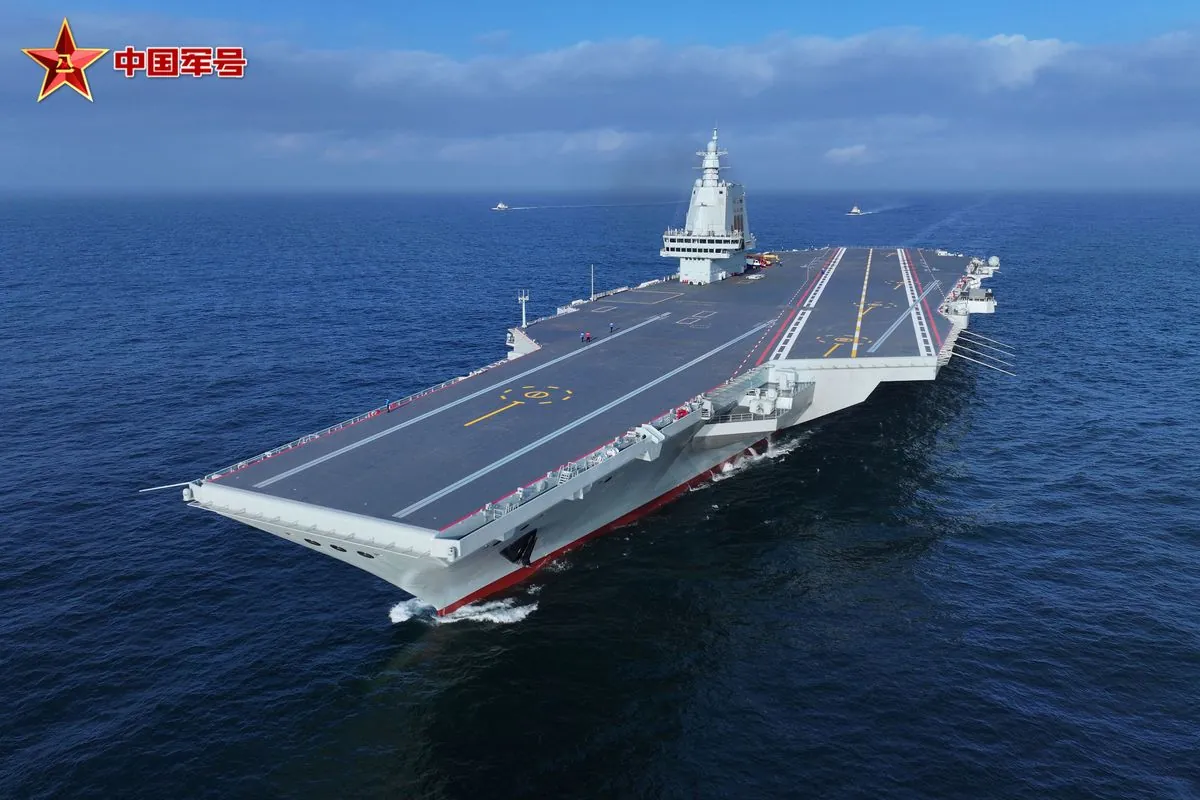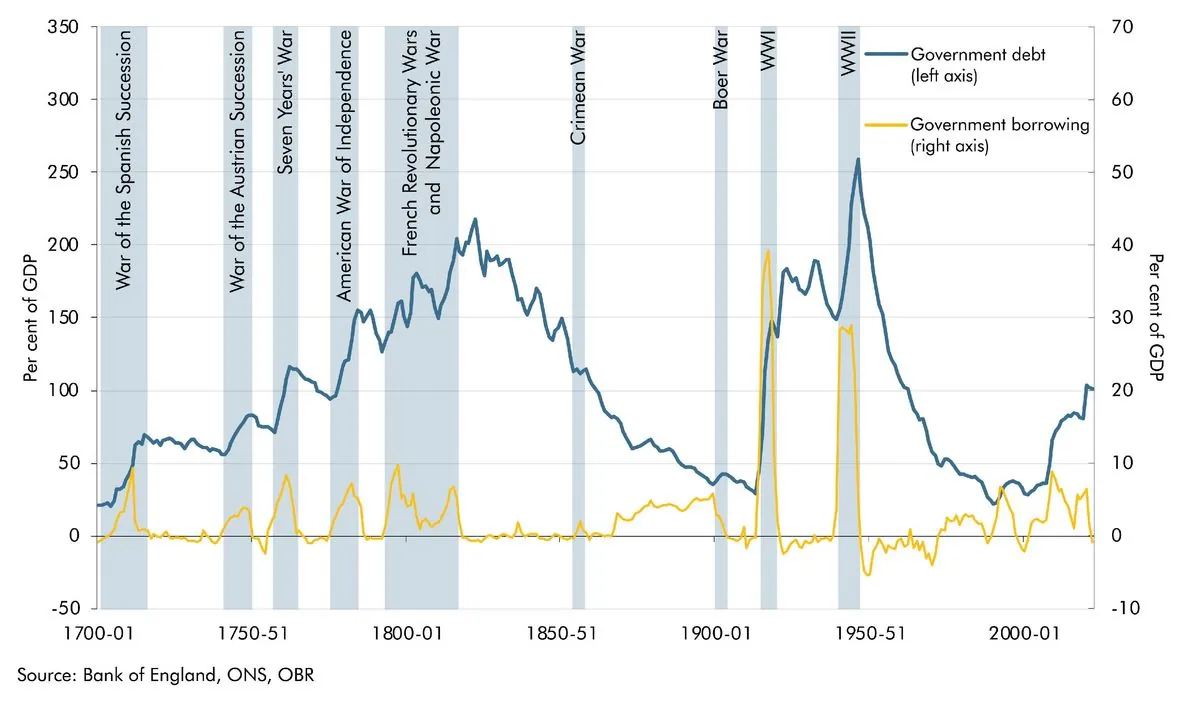China's Three-Carrier Fleet: A New Era in Naval Power Projection
China's navy achieves milestone with simultaneous deployment of all three aircraft carriers. This development raises concerns about regional security and potential implications for Taiwan.

In a significant display of naval power, the People's Liberation Army Navy (PLAN) recently achieved a historic milestone by simultaneously deploying all three of its aircraft carriers. This unprecedented move has drawn attention to China's growing maritime capabilities and its potential implications for regional security, particularly concerning Taiwan.
The three carriers involved in this operation are the Liaoning, originally a Soviet-era vessel acquired from Ukraine, the Shandong, China's first domestically built carrier, and the Fujian, the latest and most advanced addition to the fleet. Each carrier was positioned in strategic locations: Fujian in the Yellow Sea, Shandong in the South China Sea west of Taiwan, and Liaoning in the Philippine Sea east of Taiwan.
This deployment demonstrates China's increasing ability to project power across multiple maritime theaters simultaneously. It also provides insights into potential strategies the PLAN might employ in future conflicts, such as a hypothetical attack on Taiwan.

However, it's crucial to contextualize China's naval advancements within the broader global maritime landscape. Despite this impressive show of force, the PLAN still lags behind the United States Navy in terms of carrier capabilities. The US operates 11 nuclear-powered supercarriers, each significantly larger and more advanced than their Chinese counterparts.
The USS Gerald R. Ford, the newest American carrier, displaces over 100,000 tons and can carry more than 60 aircraft, including F/A-18 Super Hornets and F-35 Lightning II stealth fighters. In contrast, China's largest carrier, the Fujian, displaces around 70,000 tons and has a smaller air wing.
One key advantage of US carriers is their use of catapults for launching aircraft. Only the Fujian among Chinese carriers has this capability, with three catapults compared to four on each American vessel. This difference significantly impacts the payload and range of carrier-based aircraft.
While China's three-carrier fleet represents a substantial increase in naval power, it's important to note that numerical superiority doesn't always translate to battlefield dominance. Historical naval engagements, such as the Battle of Midway in 1942, have shown that factors like strategy, timing, and technological edge can often outweigh numerical advantages.
The timing of potential conflicts remains a critical factor. Taiwan's defense minister, Wellington Koo Li-hsiung, has expressed concerns about the increasing scale of Chinese military activities around Taiwan, making it more challenging to distinguish between routine exercises and potential invasion preparations.
"Chinese aircraft carrier operations against Taiwan would focus more on denying the US military [intervention]."
This situation underscores the importance of rapid response capabilities. While the US maintains a permanent carrier presence in the western Pacific with the USS George Washington, deploying additional carriers could take weeks. This time factor could potentially give China a temporary advantage in a sudden conflict scenario.
The global significance of these naval developments extends beyond regional security concerns. Taiwan's crucial role in the global semiconductor industry means that any conflict involving the island could have far-reaching economic consequences worldwide.
As China continues to expand its naval capabilities, the international community will be closely monitoring these developments. The balance of power in the Pacific remains dynamic, with implications that extend far beyond the region's waters.


































